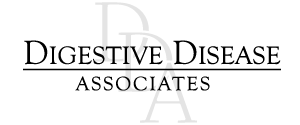Gallstones are deposits of solid material that occur in the gallbladder. There are two types: cholesterol stones, which are yellowish-green, and pigment (bilirubin) stones, which are blackish and comprised of bile and calcium salts. Cholesterol stones are the most common form of gallstones. Patients may have only one stone or can have hundreds. A stone can be as tiny as a grain of sand or as large as a golf ball.
While individuals with gallstones may experience no symptoms, some patients complain of:
- Abdominal pain (typically in the center and/or upper right area)
- Back pain
- Pain in right shoulder
- Nausea
- Vomiting
- Bloating
- Heartburn
With no symptoms, no treatment is typically required. If symptoms are present, treatment may include:
- Minimally-invasive surgery to remove the gallbladder
- Endoscopic retrograde cholangiopancreatography (an instrument is inserted through an endoscope in order to remove stones trapped in the common bile duct)
- If surgery is not possible, a physician may prescribe medication to dissolve the stone(s) (this is only for cholesterol stones, however)
- Shock wave therapy to dissolve the stone(s)
Note: This information shouldn’t take the place of a physician’s care. Please see your physician or Digestive Disease Associates of Hinsdale physician, Suman Kaur, with any questions or concerns: (630) 325-4255.
